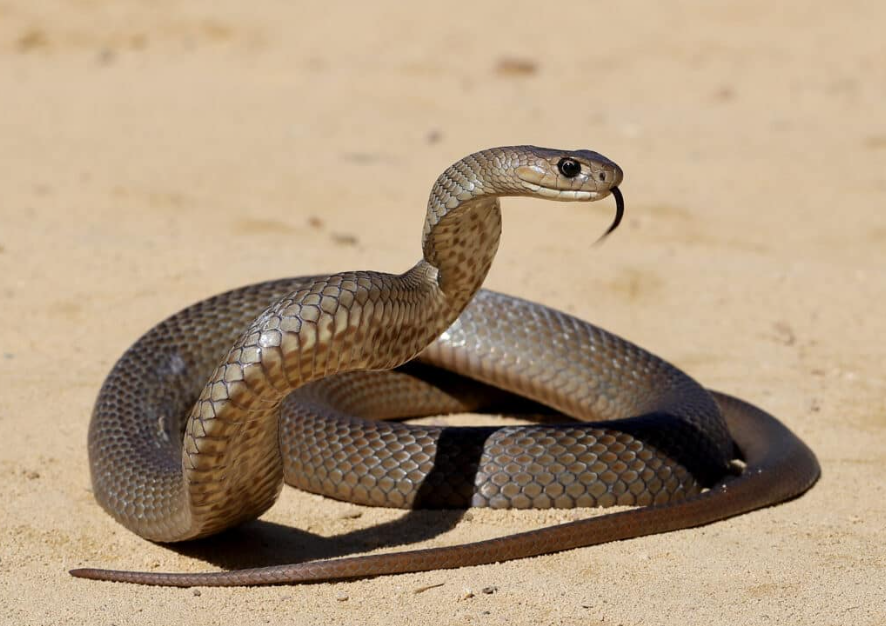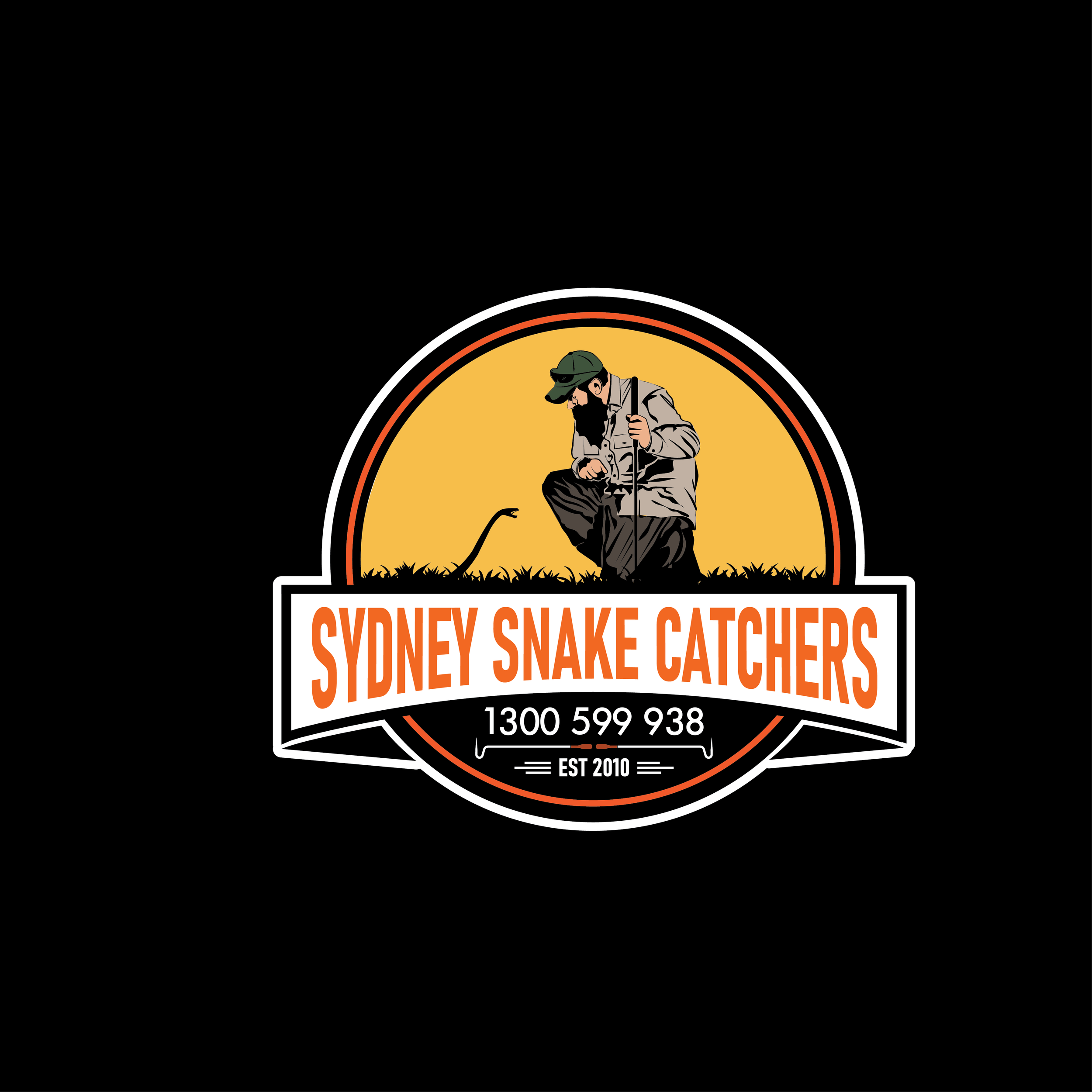
Urban Reptile Removal- Voted the #1 Sydney Snake Catcher.
*
Look where they can hide!
This incredible footage is courtesy of Dr Gavin Smith, the Principal investigator on the ANU’s Canberra Snake Tracking Project. It shows an adult Brown Snake disappearing into a tiny gap between bricks. The snake is around 1.5m in length.
EMERGENCY REPTILE CAPTURE & RELOCATION SERVICES
Urban Reptile Removal is a fully licensed and accredited reptile relocation and snake-catching service that provides prompt service and reasonable rates. We operate across Sydney's Northern Suburbs and Inner West.
Try to watch the animal at all times to monitor its movements and call us asap on 0418 633 474 for a quick response.
Snake Removal
Safely and humanely removing snakes from homes, yards, and commercial properties.
Identification
Identifying the species of snake and determining if it is venomous or non-venomous.
Snake Proofing
Offering advice or modifications to make homes and yards less appealing to snakes, such as sealing entry points.
Snake Bite First Aid
Training individuals or groups in the correct first aid procedures for snakebites.
CONTACT US
Hours
24 Hours
7 Days a Week
Phone
0418 633 474
Location
Sydney’s Northern Suburbs, Hills District, Inner City, Eastern Suburbs and Inner West
Urban Reptile Removal — Professional Snake Catcher Sydney 0418 633 474
If you have an unwanted snake at your home, workplace, school, shop, backyard, garage, or inside your house, call Urban Reptile Removal on 0418 633 474.
Urban Reptile Removal provides fast, safe, and professional snake removal across Sydney. We operate every day of the year, responding to emergency snake removal situations within minutes. When you call, you speak directly with an experienced snake catcher who guides you calmly through what to do until we arrive. You do not need to take a photo. You do not need to identify the snake. You do not need to watch it or follow it. Simply step back, stay safe, move children and pets indoors, and let us handle everything.
Urban Reptile Removal is proudly partnered with Sydney Snake Catcher, the original and largest snake catching company in Australia. Together, we provide the most trusted and experienced snake removal service in Sydney, from the Blue Mountains to the Northern Beaches, from the Hawkesbury to Sutherland, and everywhere in between. With a combined network of licensed catchers and decades of experience, residents have access to the fastest response times and the highest level of professional care.
Snakes are a normal part of Australian life. Sydney has more than a dozen native snake species, many of which are active in suburban yards, creeks, parks, walking tracks, gardens, garages, sheds, and roof spaces during the warmer months. Snakes appear for simple reasons: they follow food, warmth, shelter, and natural movement corridors. They do not want conflict. They do not chase people. They avoid humans whenever possible, and almost all defensive behaviour happens only when the snake feels trapped. Calling a trained snake catcher ensures that the snake is located and removed safely with minimal stress to the animal and zero risk to you.
Urban Reptile Removal specialises in understanding where snakes hide, how they move, and why they appear in certain locations. Whether the snake is inside the home, under a house, behind a hot water system, in a shed, under a deck, in a garage, along a fence line, behind a pool pump, or under garden edging, our experience allows us to find it quickly and remove it safely.
Below are the species most commonly encountered across Sydney. Each section includes a direct call-to-action styled exactly the way you requested.
If you find an Eastern Brown Snake in Sydney, call Urban Reptile Removal.
The Eastern Brown Snake is the most frequently encountered dangerously venomous snake in Sydney. These snakes are fast, alert, highly adaptive, and commonly found in yards, sheds, open sunny areas, driveways, and gardens. Their colour ranges from light tan to dark chocolate, and juveniles can have banding along the body with a black head.
Eastern Browns follow prey such as mice, rats, small birds, and lizards. Sydney’s large rodent population contributes directly to the number of brown snake sightings in suburban neighbourhoods. They hide under metal sheets, timber piles, garden edging, rocks, compost heaps, retaining walls, and warm surfaces.
If you see an Eastern Brown Snake, stay well back and call 0418 633 474 immediately. Never attempt to block its path, chase it, or trap it. Browns will defend themselves if cornered, and their speed catches people off guard. Professional snake removal is essential for this species.
If you find a Red-bellied Black Snake in Sydney, call Urban Reptile Removal.
Red-bellied Black Snakes are glossy black with a bright red or pink underside and are commonly seen near water, shaded gardens, drainage lines, frog habitats, creeks, and damp vegetation. They feed on frogs, fish, skinks, and even other snakes. Although venomous, they are shy animals that usually retreat when given space.
Red-bellies bask in morning sunlight and then move to shade. They commonly appear around ponds, pool areas, water features, grassy edges, and creeks. They are frequently seen in suburbs bordering bushland or wetlands.
If you find a Red-bellied Black Snake, do not go close. Do not try to persuade it to leave. Call Urban Reptile Removal on 0418 633 474 and we will remove it safely and professionally.
If you find a Diamond Python in Sydney, call Urban Reptile Removal.
Diamond Pythons are large, calm, non venomous snakes that are common throughout Sydney. They have black scales with yellow or cream spot patterns arranged in rosettes. They hunt rats, mice, and possums, and are often found resting on verandas, fences, rafters, sheds, patios, or inside roof cavities.
Diamond Pythons are beneficial animals that help control rodents, but due to their size and strength, they should only be handled by trained professionals. Urban Reptile Removal frequently relocates Diamond Pythons from garages, pergolas, carports, and rooftops.
If you see a Diamond Python and want it safely moved, call 0418 633 474.
If you find a Green Tree Snake in Sydney, call Urban Reptile Removal.
Green Tree Snakes are slim, fast, harmless snakes that often startle people because of their speed and confidence. They may be bright green, olive, grey, or almost black, with a yellow underside. When frightened, they widen their bodies and show flashes of blue between the scales.
They climb extremely well and often appear in hedges, fences, garages, pool areas, gardens, and roof edges. They feed on frogs and skinks, and can move rapidly across yards, making them difficult to track.
If you see a Green Tree Snake inside or around your home and want it safely relocated, call Urban Reptile Removal on 0418 633 474.
If you find a Blue-tongued Lizard in Sydney, call Urban Reptile Removal if you’re unsure.
Blue-tongued Lizards are one of the most commonly misidentified reptiles in Sydney. They are slow, heavy-bodied skinks with a bright blue tongue that they display when threatened. Blue-tongues rustle loudly through leaf litter, which leads people to think a snake is present.
They hide under pot plants, behind garden tools, in sheds, under decks, along fence lines, and beneath timber or metal sheets. They are harmless and beneficial because they feed on snails, insects, and leftover pet food.
Urban Reptile Removal receives many calls each year from residents who believe they have seen a snake, only to discover a blue tongue. We are always happy to check.
Where Snakes Hide in Sydney
Snakes select predictable hiding places based on shade, warmth, and safety. Across Sydney, the most common hiding spots include:
under garden edging
behind hot water systems
inside garages behind storage boxes
under timber, metal sheets, or pavers
in sheds behind tools or equipment
along fences or retaining walls
inside roof cavities and wall gaps
inside compost heaps and mulch piles
in dense shrubs, bamboo, and garden beds
behind pool pumps
under decks, stairs, or raised structures
behind air conditioners
in wheelie bin storage areas
around water features or rockeries
Urban Reptile Removal understands these patterns and uses species behaviour, temperature, time of day, and property layout to locate snakes quickly.
Why Snakes Enter Sydney Homes
Snakes sometimes enter houses through:
open sliding doors
garage gaps
holes near pipes
gaps under doors
rodent pathways
open windows near trees
ventilation gaps
damaged screens
If a snake enters the home, this is an emergency snake removal situation. Leave the room, shut the door if possible, and call 0418 633 474 immediately.
Why Residents Choose Urban Reptile Removal
Sydney residents rely on Urban Reptile Removal because:
we respond quickly
we stay on the phone and talk you through every step
we work calmly, respectfully, and without panic
we never judge your home, yard, or situation
we provide practical prevention advice based on real experience
we work in partnership with Sydney Snake Catcher, the largest snake catching service in Australia
we understand local species, movement corridors, and hiding patterns
Our goal is simple: safe snake removal with minimal disruption to your day.
Practical Prevention
Chemical snake repellents, powders, and ultrasonic devices do not work.
Effective prevention is practical:
mow grass regularly
trim vegetation near walls and fences
store timber and materials off the ground
seal small gaps where possible
organise sheds and garages
reduce rodent activity
secure outdoor pet food
clear leaf litter
maintain tidy garden edges
These measures reduce both hiding places and food sources for snakes and prey animals.
Call Urban Reptile Removal
If you see a snake anywhere in Sydney — home, school, shop, yard, park walkway, garage, shed, or inside your house — call 0418 633 474.
For fast, safe, reliable snake removal across Sydney, Urban Reptile Removal and Sydney Snake Catcher provide the most experienced, trusted, and professional service available.
When a snake appears where it should not be, we take care of it quickly, quietly, and safely so you can get on with your day.



